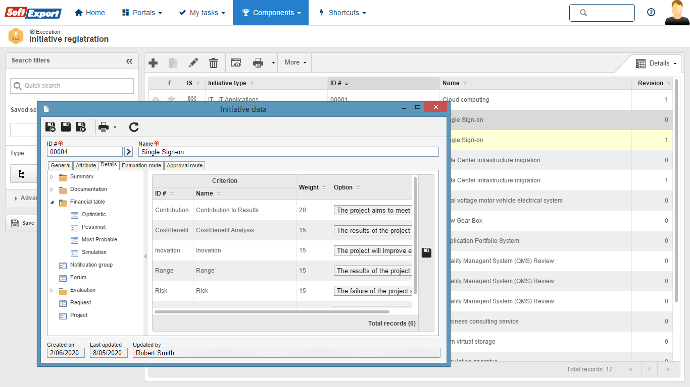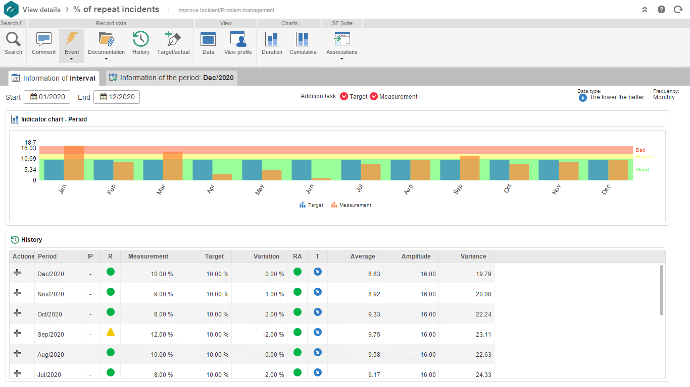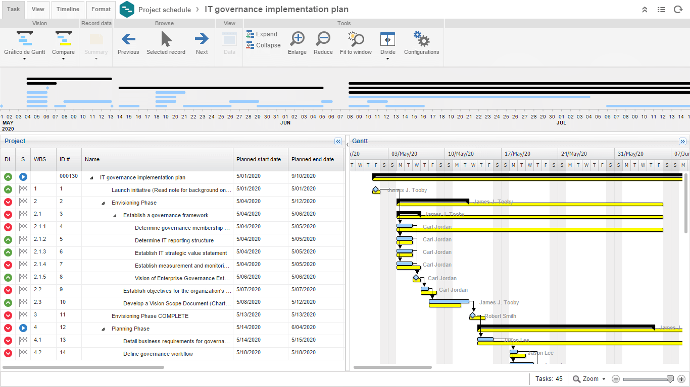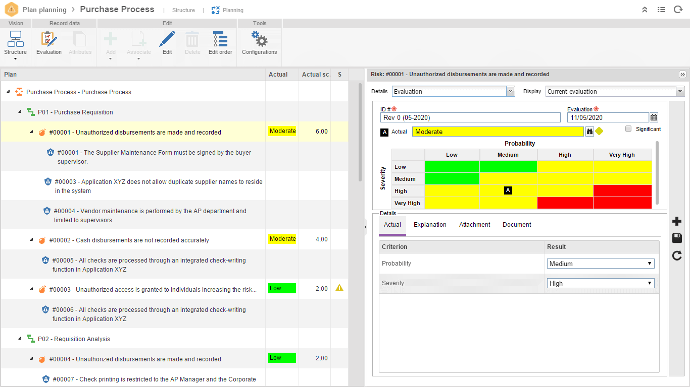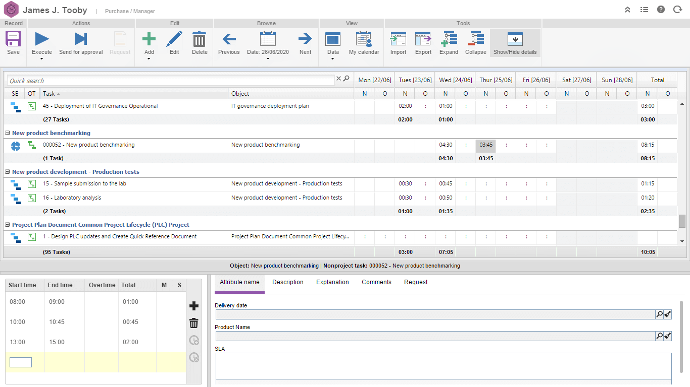Arquitectura, ingeniería y construcción
Para tener éxito y ventaja competitiva, las empresas de arquitectura, ingeniería y construcción deben mejorar no sólo su gestión de proyectos, sino también acompañar el constante cambio de las normas y reglamentaciones.
Con las innovaciones tecnológicas, los desafíos del sector de construcción civil se ponen cada vez más complejos. Las organizaciones enfrentan dificultades en la adaptación de sus procesos para mantenerse competitivas en el mercado. Por lo tanto, las empresas precisan soluciones que ayuden en la planificación y gestión de obras de forma sostenible y eficiente.
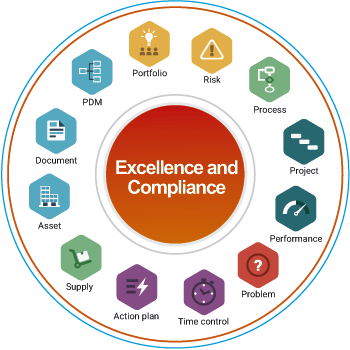
Solucines para arquitectura, ingeniería y construcción
que atienden las necesidades específicas de la industria en todos sus aspectos. Desde el control de proyectos, riesgos y monitoreo de indicadores a la gestión de medio ambiente, salud y seguridad.
Reduce el costo de la conformidad normativa y ayuda a las empresas a aumentar el éxito, la productividad, a reducir los riesgos y a adherir a varias normas.
Permite que las empresas de arquitectura, ingeniería y construcción mapeen, analicen y mejoren continuamente la eficiencia de sus operaciones, integrando, en una única plataforma, a diferentes estructuras de gestión, incluyendo: gestión de desempeño, residuos, proyectos, calibración, controles de auditoría, riesgos, incidentes, documentos, competencia y mucho más.
Ofrece a los equipos la visión de su papel desde el inicio al fin de las actividades. Los equipos se vuelven más capaces de reconocer las oportunidades y acompañar los dramáticos cambios en el ambiente competitivo de la industria. El software es un poderoso soporte para colaboración, yendo más allá de los límites organizacionales, permitiéndoles a los profesionales que desempeñen un papel importante en el perfeccionamiento de la forma con la que la organización atiende a sus clientes.
Simplifica y estandariza la gestión de conformidades a través de una plataforma en línea de software que funciona como un punto central de acceso a toda la documentación actualizada, indicadores de desempeño, políticas, modelos, procedimientos y tareas.
- Alcance y tiempo: Edita y comparte las informaciones de los proyectos en tiempo real. Proporciona en secuencia las actividades en múltiplos niveles (WBS) con gráficos de Gantt, camino crítico, red de precedencias y marcos del proyecto. Control de las revisiones de los proyectos. Importación y exportación de archivos de MS Project.
- Listas de verificación para análisis crítica de la eficacia de las actividades ejecutadas. Registro de no conformidades, reclamaciones, oportunidades de mejoras, y acciones preventivas / correctivas sobre los proyectos en ejecución.
- Administrando de todo el ciclo de vida de los documentos de forma estructurada y segura, desde la creación hasta su archivamiento o descarte.
- Circulación electrónica de los documentos publicados con firma de conocimiento por los usuarios.
- Definición de puntos de reposición de existencias mínimas.
- Definición de los fabricantes y proveedores de insumos.
- Movimiento de insumos, pedidos y recepción.
- Brinde ideas sobre la utilización de activos analizando los activos según esté trabajando o no, si está asignado a una tarea o no y a la asignación de proyecto.
- Gestione el uso y la disponibilidad de recursos desde una vista central del horario laboral para obtener una idea completa e instantánea de su variedad de recursos.
- Notificación automática de los responsables de los indicadores para entrada manual de resultados del período.
- Gráfico de correlación entre indicadores para identificar el grado de relación entre los ítems de la estrategia.
- Ayuda a optimizar y planificar el inventario para satisfacer con precisión la demanda de mantenimiento y producción.
- Reduce el valor del inventario.
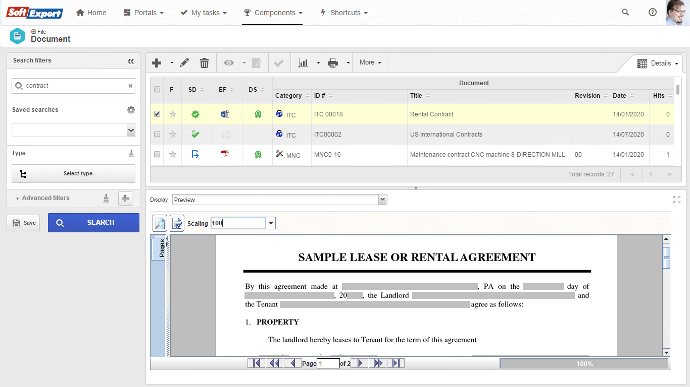 Gestión de documentos
Gestión de documentos